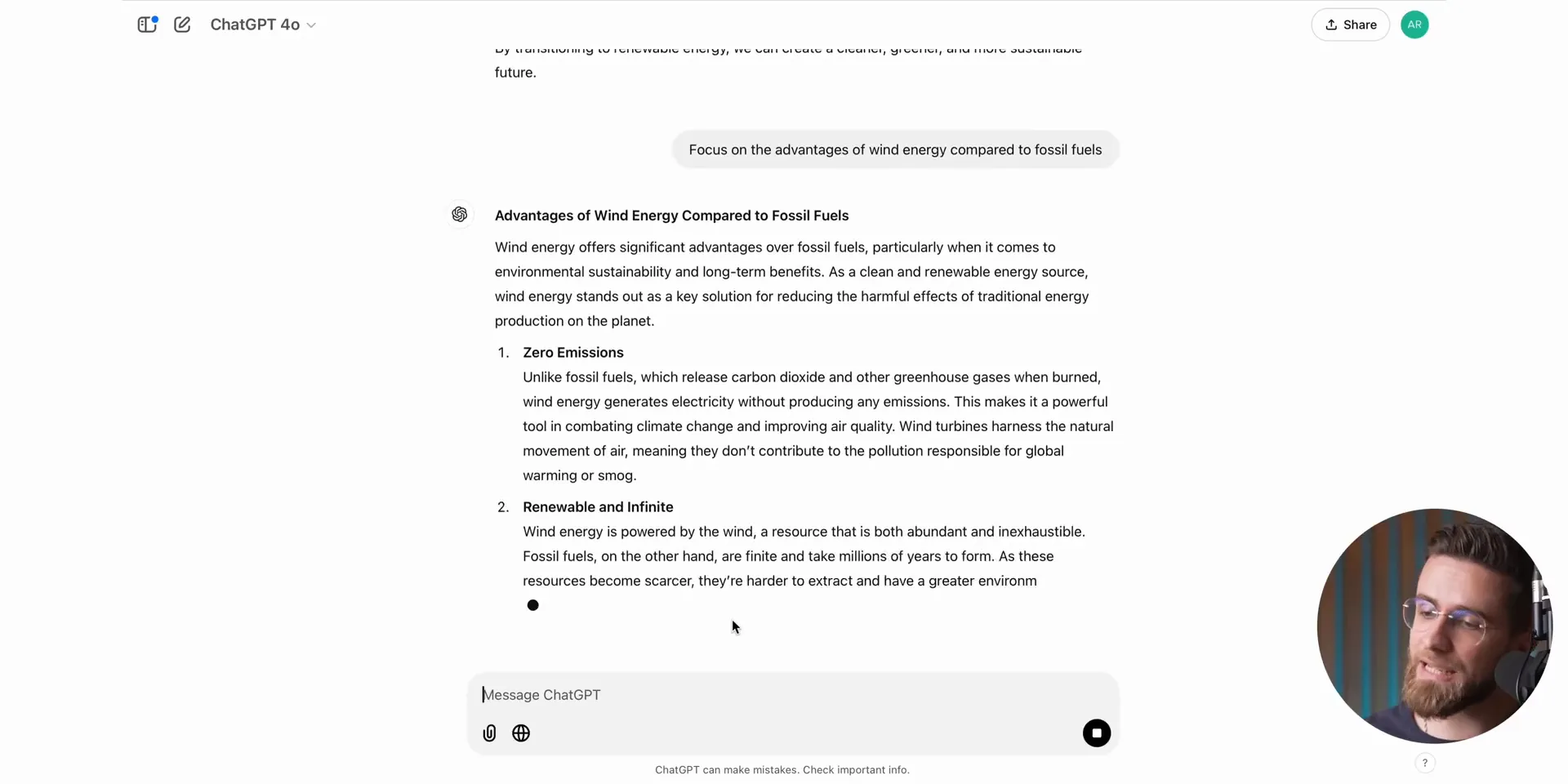Mar 7, 2025
Mastering AI Strategies: The Ultimate Guide to Prompt Engineering
Welcome to the world of AI strategies, where understanding how to effectively communicate with artificial intelligence can unlock its full potential. In this guide, we will delve into the intricacies of prompt engineering, a crucial skill for anyone looking to harness the power of AI models like ChatGPT, Claude, or Gemini. This post will cover everything from the basics of how AI interprets prompts to advanced techniques for crafting effective prompts that yield high-quality outputs.
How AI Sees Prompts
When you ask AI to generate content, it doesn’t perceive words or images the way humans do. Instead, it processes everything through a mathematical lens. Every word you type is converted into a numerical format, akin to a barcode, allowing the AI to analyze patterns and connections. For instance, when you prompt AI with "a cat sitting on a couch," it recognizes the individual components and their relationships, not as visual images but as data points it has learned from vast amounts of training data.
AI models like ChatGPT or image generators like DALL-E analyze these patterns to predict the most likely response or visual output based on what they’ve been trained on. This understanding is fundamental to effective prompt engineering. The better you articulate your prompts, the more accurately AI can respond.

What is Prompt Engineering?
Prompt engineering is essentially the art of crafting instructions for AI models to produce desired outputs. It’s about providing clear, structured input that guides the AI’s response. Think of it as teaching the AI your language, allowing it to understand your intent without ambiguity.
In the realm of AI strategies, mastering prompt engineering can significantly impact the quality of the generated content. Whether for creative writing, technical documentation, or even social media posts, the way you formulate your prompts can make a world of difference.
The Importance of Structure in Prompts
One of the first rules of prompt engineering is to ditch the fluff. AI does not require pleasantries or convoluted sentences. Instead, keep your prompts direct and factual. For example, rather than saying, “Can you please write me a short story about a robot and a dog going on an adventure?” simply state, “Write a short story about a robot and a dog going on an adventure.”
This approach not only saves time but also helps the AI focus on the essential elements of your request, leading to more relevant outputs.

Key Rules for Effective Prompting
To optimize your interactions with AI, consider these essential rules for crafting effective prompts:
1. Be Descriptive
Descriptive prompts lead to richer outputs. Instead of asking for a generic blog post about economics, specify the topic, audience, and tone. For instance, “Write a 1,000-word blog post about the economic situation in Kuwait from 1961 to 1967, aimed at beginners in a conversational tone.” This specificity eliminates ambiguity and guides the AI to produce a more targeted response.
2. Use Clear Context and Specifics
Context is key. If you ask for a blog post about social media marketing without any context, the AI might produce generic content. Instead, specify the audience and structure, like “Write a 1,000-word blog post about digital social media marketing for beginners, divided into five sections with bullet points.” This clarity enhances the AI’s ability to generate relevant content.

3. Incorporate Role Play
When you want the AI to adopt a specific tone or style, instruct it to play a role. For example, “You are a marketing expert; write a persuasive email promoting a new eco-friendly product.” This technique ensures that the output aligns with the intended audience and context.
4. Set Limitations
Limitations help guide the AI’s focus. Instead of asking it to write broadly about renewable energy, specify, “Write a 200-word summary on the benefits of solar energy, avoiding technical jargon.” This keeps the response tight and relevant.
Iterative Prompting: Refining Your Requests
Sometimes, your initial prompt may not yield the desired results. In such cases, iterative prompting can help refine the output. Start with a broad prompt, then gradually narrow your focus based on the responses you receive. For instance, begin with “Explain renewable energy” and then refine it to “Explain the advantages of wind energy for high school students using simple language.” This step-by-step approach allows you to build a clearer, more precise prompt without overwhelming the AI.

Advanced Techniques for Prompt Engineering
Once you have mastered the basics, you can explore advanced techniques to enhance your prompting skills:
Chain-of-Thought Prompting
This technique encourages the AI to break down complex tasks into manageable steps. For example, instead of simply asking for a solution to a math problem, prompt the AI to “Explain your reasoning step by step.” This structured approach often leads to more accurate answers.
Self-Consistency Prompting
Instead of relying on a single stream of logic, this technique generates multiple reasoning paths and selects the most consistent answer. This is particularly useful for tasks that involve complex reasoning or arithmetic.
Meta-Prompting
This advanced method involves guiding the AI’s responses by outlining the logical structure needed to arrive at the correct answer. For example, a prompt could outline the steps to solve a coding problem rather than providing specific examples.
Practical Applications of Prompt Engineering
Prompt engineering is being increasingly utilized across various industries, enhancing AI tools in key areas:
1. Content Generation
Well-crafted prompts enable the generation of highly specific, context-aware business communications, such as proposals, white papers, and newsletters.
2. Customer Service
Improved prompts help customer service chatbots deliver more relevant and empathetic responses, facilitating faster issue resolution.
3. Education
In educational contexts, AI tools can use chain-of-thought prompts to evaluate student responses, providing tailored feedback based on faulty reasoning.
Tools and Resources for Prompt Engineering
To further enhance your skills, consider utilizing various resources:
- Predis AI Ad Generator - AI to Make Ads, Videos in Seconds!
- AIMasher: The Ultimate AI-Powered Creator
- Top-Rated AI Copy Generator Tools
Conclusion
Mastering AI strategies through effective prompt engineering can significantly enhance the quality of your interactions with AI models. By understanding how AI processes prompts and employing structured techniques, you can unlock new levels of creativity and efficiency. With practice, you’ll be able to craft prompts that not only meet your needs but also push the boundaries of what AI can achieve.